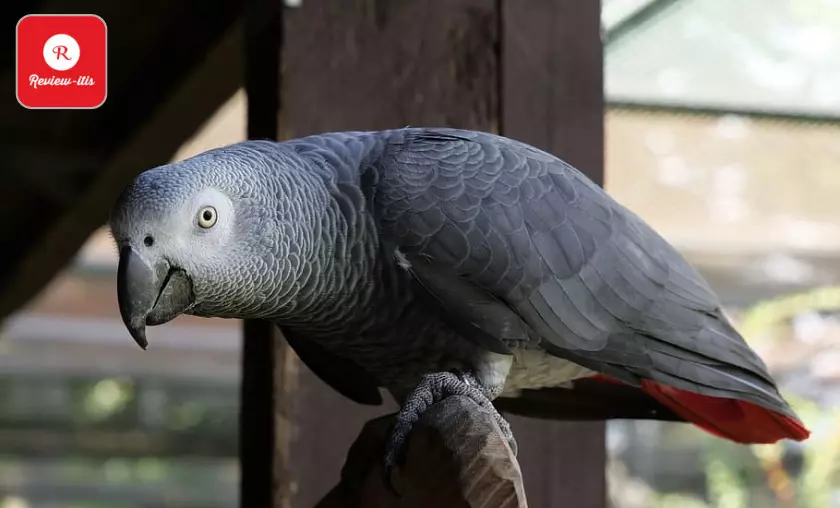These incredible creatures are known for their beautiful plumage, unique songs, and impressive flight skills. But unfortunately, many birds are kept in cages, unable to live the natural lives they were meant to lead. The good news is that more and more people are starting to realize that “Birds Be Taught to Live Cage-Free”. As a result, there’s been a surge of interest in training birds to live without cages.
And while it might seem like a daunting task, don’t worry, there are plenty of techniques and strategies that can be used to help birds adapt to life outside of a cage. So today, I want to explore the many benefits of training birds to live cage-free, and share some tips for getting started.
Table of Contents
Why Should Birds Live Without a Cage?
Imagine this: you are equipped with beautiful and purposeful wings to fly over the trees of the planet. Then suddenly you find yourself in captivity. you pushed into a very small enclosure from which you simply look through the wire bars. You don’t have any of your freedoms and you pay for a large part of your time alone.
Choosing a species that allows you to travel freely can only benefit you and strengthen your relationship. A cage should be completely an area of peace and comfort, not restriction.

Free-ranging vs. Caged Bird Species
There are a huge number of completely different bird species that are spread all over the world. various vertebrate enthusiasts have completely different tastes about which birds work best in their homes. Although this is not a complete list of birds from Associate in Nursing, you will be able to get a general plan on whether or not a selected bird is compatible with cage-free living.
Bird species that will be outside your enclosure include:
- Macaws
- Cockatoos
- African greys
- Cockatiels
Many incompatible birds are small and flighty. These birds are a unit of danger due to their size and tendencies. small birds will simply be knocked out and can be difficult to catch (even with clipped wings).
Bird species that should not be left out:
- Finches
- Doves
- Canaries
- Budgies
Nighttime Enclosure for Free Birds
Many pet owners allow some larger birds, such as parrots, to roam freely around the house. However, even if you decide to give it a try, you should always have a nursing enclosure for your birds at midnight after they go to sleep. All diurnal birds naturally take refuge in the night hours.
But throughout the day, it’s safe for your birds to intend to perch as they please, as long as you simply put the proper safety precautions in place.

Watch for Safety Hazards
When your bird is out and about, on-site swing safety precautions are paramount. The birds will stir, moving on to all sorts of not-great things. However, all it will take is a little proactive bird protection, and everyone should be fine.
Fans
Fans can be extremely dangerous to pet birds. Bird area units are extraordinarily fragile creatures and even a low exponent will deal real damage! If they tangled up on any approach, they will break their wings or maybe worse.
Open Doorways
An open door can be a dangerous factor for domesticated birds. It only takes a few seconds for your bird to glide. Confirm that all members of the household acknowledge each time the bird is out of its enclosure.

Careless Entry and Exit
If members of your household are not vigilant, your bird could trapped inside the door. this can cause a whole host of injuries, as well as broken legs, broken wings, and even something as grotesque as decapitation.
Open Windows
If you have the correct screens in place, windows shouldn’t be much of an issue. However, older homes with weaker screens or no screens at all will cause a leak risk.
Hot Stoves

If you are doing any type of preparation, make sure the stove is completely cool when your bird is in the space. Even slightly high temperatures will damage its fragile clause.
Be Careful of Overexertion
Birds, particularly smaller species, will panic after taking flight. Because a house is locked down with no open flight path, they will quickly get into a frenzy. If they start flailing about in delirium, they’ll quickly die of elbow grease.
Always make sure that any interaction is peaceful and calm so that your bird is comfortable.

Alternate Options for Birds
If you are naive and have the resources, we have a very fun option for bird owners. If your bird is compatible with the climate in your space, you can build an aviary of any size so it can fly freely while still being protected.
Here are some DIY aviary ideas for you, thanks to Pinterest. you’ll get as technical, sophisticated, or inventive as you want. There are concepts available for both interiors and exteriors, as well as pre-built options. It might be beneficial to investigate.

Conclusion
Your birds will enjoy being a true part of the family once you make the switch to live outside the cage. Even though this is not an Associate in Nursing option for you thanks to the species, you will still be able to create changes to provide a freer way.
Either way, giving your bird an extra experience in the wild should be a priority. If you have the means to do so, you will create a safe house for your bird to seek shelter, but with no restrictions otherwise.
To read more similar articles, click here.
Thanks for visiting our Website. If you appreciate our work, kindly show us some support in our comments section. 🙂